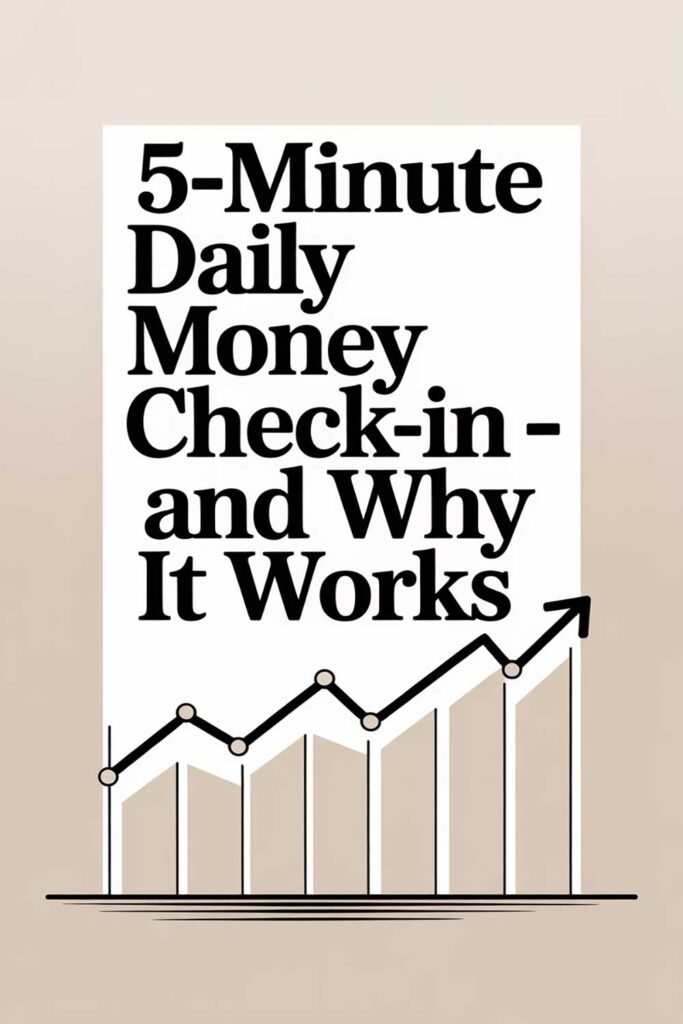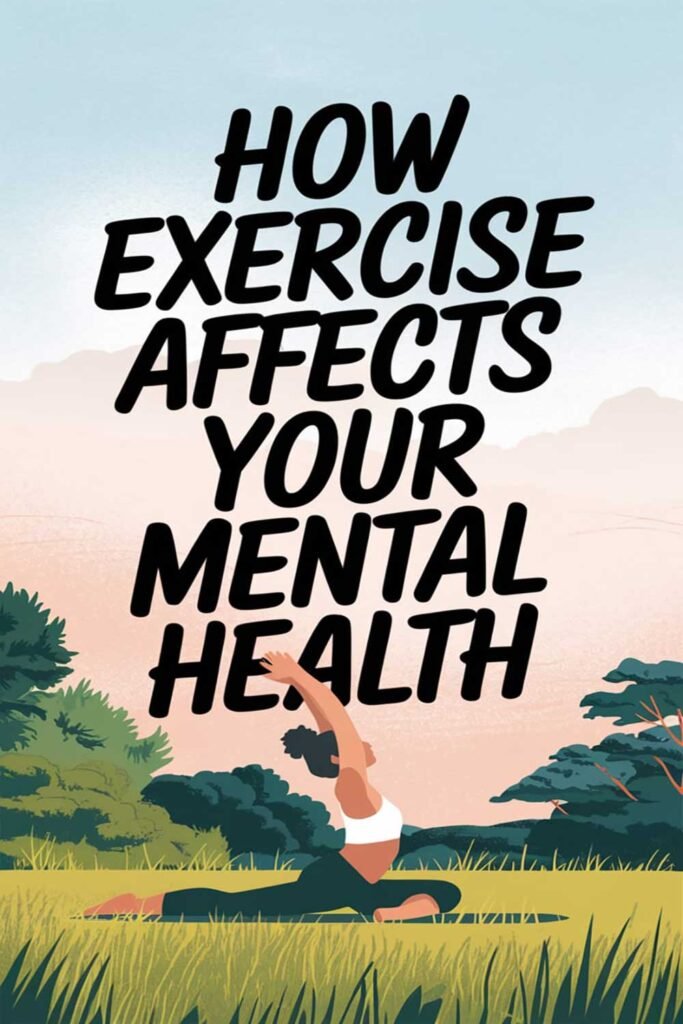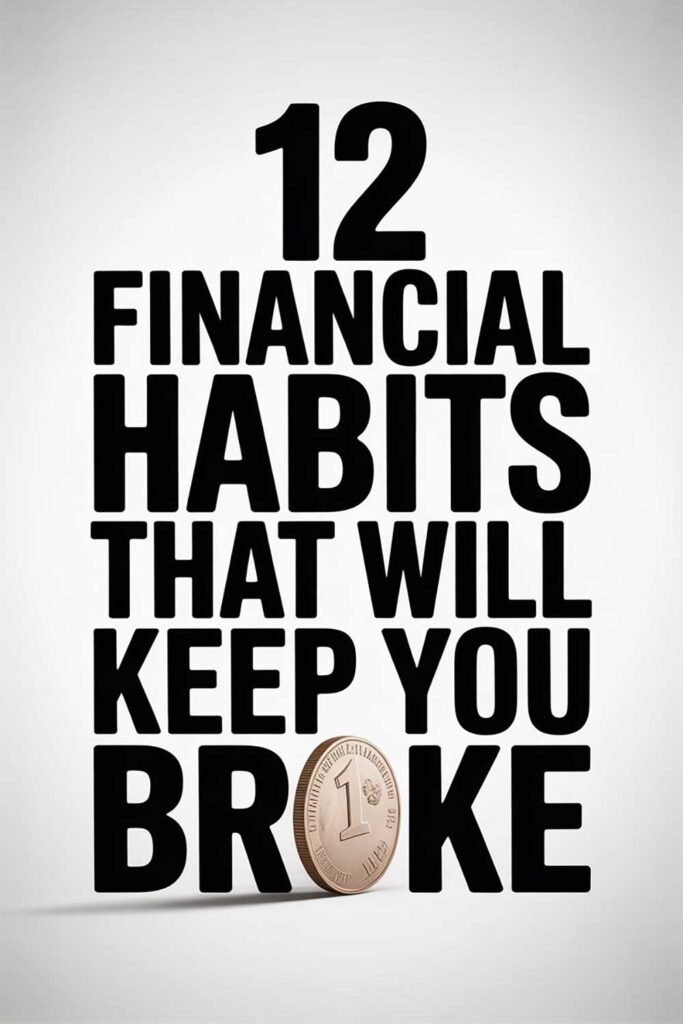The Art of Slow Living: How to Embrace Life at a Calmer Pace
In a world obsessed with speed, productivity, and instant gratification, it’s easy to believe that faster is always better.
But the constant rush often leaves us feeling disconnected, exhausted, and unfulfilled.
Slow living invites us to step off the hamster wheel — and step into a life of deeper presence, purpose, and peace.
It’s not about doing less for the sake of laziness.
It’s about doing everything with greater intention, mindfulness, and joy.
In this article, you’ll discover the beauty and benefits of slow living, real-world examples of how slowing down transforms lives, and simple steps to start embracing a calmer, more meaningful pace in your everyday life.
What Is Slow Living?
Slow living is a conscious choice to:
- Live more intentionally
- Savor the present moment
- Prioritize quality over quantity
- Align your daily life with your deepest values
It’s about creating space to breathe, connect, and truly live — instead of just existing.
Why Slow Living Leads to a Happier, Healthier Life
Benefits of slow living include:
- Lower stress and anxiety
- Stronger relationships
- Improved physical and mental health
- Greater satisfaction and meaning
- More creativity and inspiration
Life is not a race — it’s a journey meant to be lived fully, not rushed through.
1. Reclaim Your Mornings
How you start your day sets the tone for everything that follows.
Slow morning ideas:
- Wake up 15 minutes earlier
- Enjoy your coffee or tea without distractions
- Journal, meditate, or stretch before checking your phone
Real-Life Example:
Sophia replaced frantic morning scrolling with a peaceful routine of gratitude journaling and deep breathing. She found herself calmer and more focused throughout her day.
2. Single-Task Instead of Multitask
Doing multiple things at once divides your attention and creates mental clutter.
Practice:
- Focus fully on one task
- Complete it with care before moving to the next
- Savor the process, not just the result
Real-Life Example:
David used to multitask during meals, work, and conversations. By slowing down and single-tasking, he found greater joy and presence in even the simplest activities.
3. Prioritize What Truly Matters
Slow living isn’t about doing nothing — it’s about doing the right things.
Tips:
- Identify your top 3–5 priorities
- Let go of activities that don’t align with your values
- Say “no” more often to protect your peace
Real-Life Example:
Jessica simplified her calendar by eliminating non-essential commitments. She had more time for what brought her joy: family dinners, painting, and reading.
4. Savor Simple Pleasures
Slow living is built on appreciating small, everyday moments.
Examples:
- Enjoying the aroma of fresh-brewed coffee
- Feeling the sun on your face
- Listening to birdsong during a walk
Real-Life Example:
Tom began spending 10 minutes a day sitting outside with his dog, doing nothing but listening to nature. It became the highlight of his day.
5. Create Unplugged Time
Technology speeds up life and distracts from the present.
Ideas:
- Set tech-free zones in your home
- Designate one unplugged evening a week
- Use “airplane mode” mornings or nights
Real-Life Example:
Laura turned off notifications and banned screens during family dinners. Conversations became deeper, laughter louder, and memories sweeter.
6. Connect with Nature
Nature embodies the rhythm of slow living.
Ways to connect:
- Take slow walks in parks or gardens
- Garden, hike, or sit under a tree
- Notice seasonal changes
Real-Life Example:
Olivia spends Sunday mornings walking barefoot in a nearby park. It helps her feel grounded and connected to the world around her.
20 Inspirational Quotes About the Art of Slow Living
1. “Nature does not hurry, yet everything is accomplished.” — Lao Tzu
2. “Slow down and everything you are chasing will come around and catch you.” — John De Paola
3. “There is more to life than increasing its speed.” — Mahatma Gandhi
4. “Savor the small moments. They become the big moments.”
5. “Slow living is about intention, not inactivity.”
6. “Doing nothing is better than being busy doing nothing.” — Lao Tzu
7. “In a world addicted to speed, slowness is a superpower.”
8. “Enjoy the little things, for one day you may look back and realize they were the big things.” — Robert Brault
9. “Hurry is the enemy of peace.”
10. “The quieter you become, the more you can hear.”
11. “Life is a journey, not a race.”
12. “Sometimes you need to slow down to speed up.”
13. “Your worth is not measured by your productivity.”
14. “Live deeply. Breathe slowly. Love fully.”
15. “Stillness speaks louder than noise.”
16. “Rest is not idleness. It’s medicine for the soul.”
17. “Every flower blooms at its own pace.”
18. “Be where your feet are.”
19. “Choose quality over quantity — in relationships, work, and life.”
20. “Happiness is not something you chase. It’s something you allow.”
Picture This
Imagine starting your day with sunlight streaming through your window, a warm cup of tea in your hand, and nowhere you urgently need to be.
You move through your tasks calmly, fully present in each one.
You savor your meals, listen deeply during conversations, and spend time outside feeling the earth beneath your feet.
You feel connected — to yourself, to others, and to the quiet beauty of life unfolding around you.
You are no longer racing against life — you are dancing with it, step by gentle step.
What small shift could you make today to start embracing the art of slow living?
Share This Article
If this article inspired you, please share it with a friend, coworker, or loved one who could use a little more peace and presence in their life.
Together, let’s create a world that values depth over speed and connection over chaos.
Disclaimer
This article is for informational purposes only and is based on personal experiences and insights. It is not intended to replace professional advice. Always consult with a healthcare professional before making any major lifestyle changes or decisions regarding your mental, emotional, or physical health. Results may vary.






